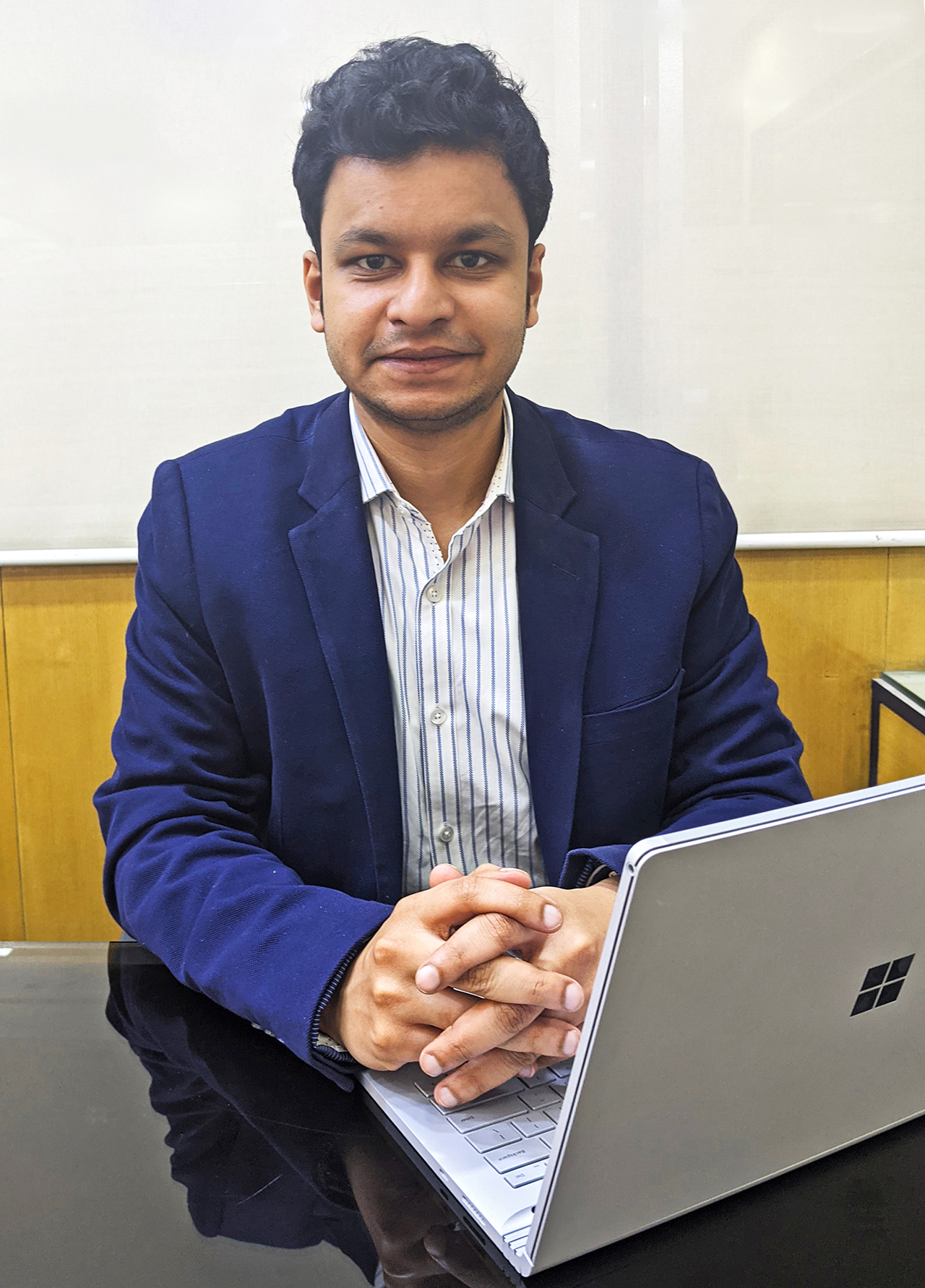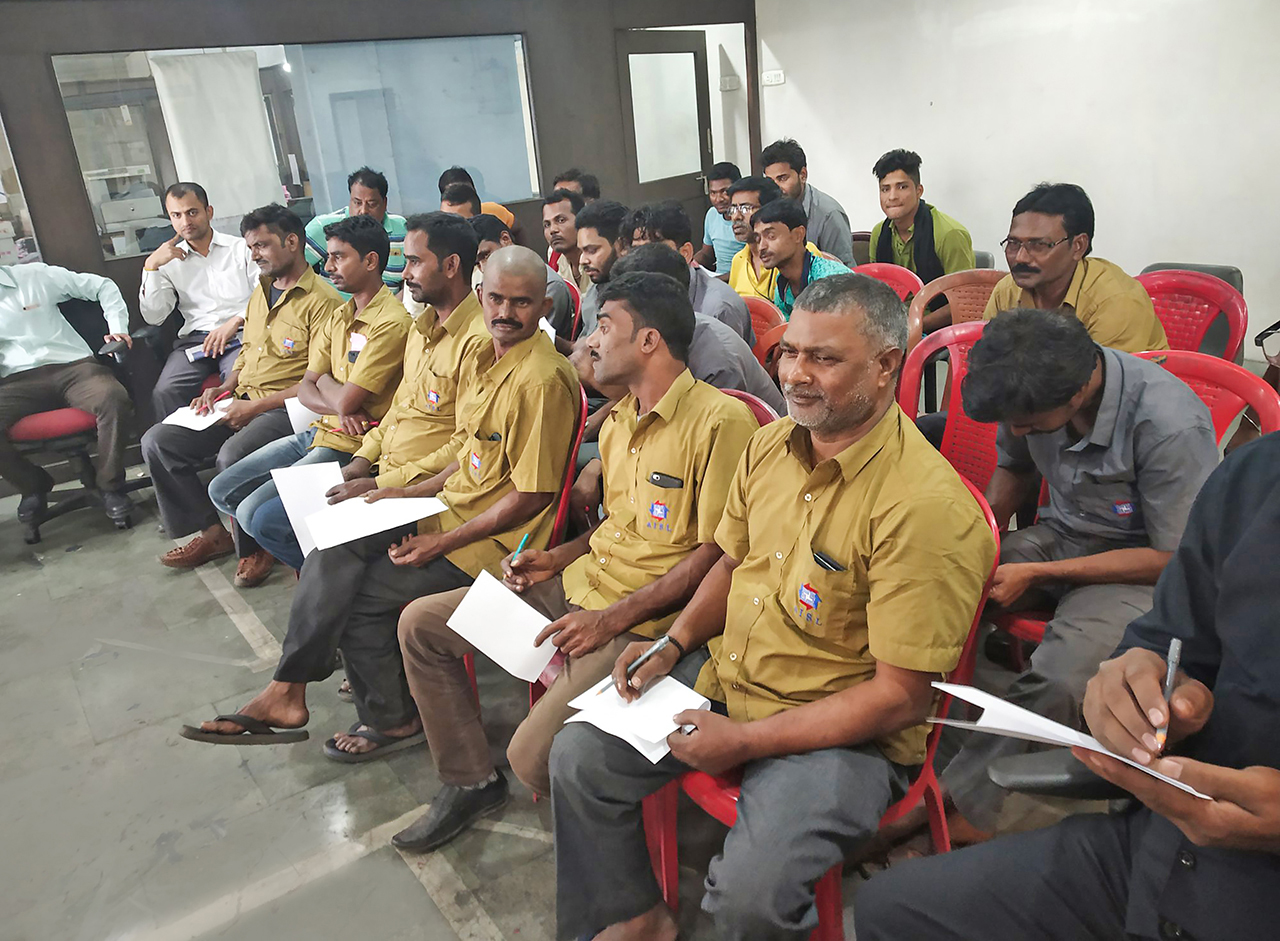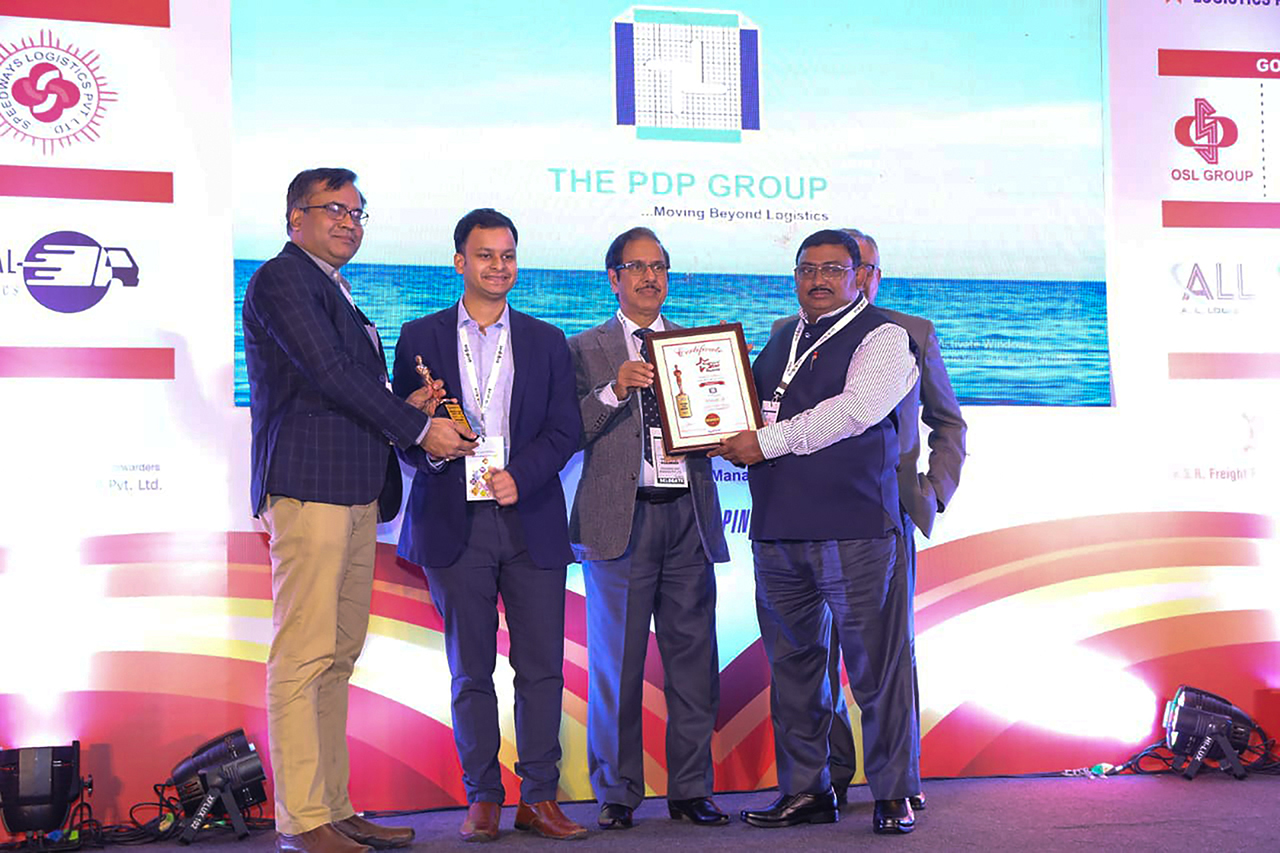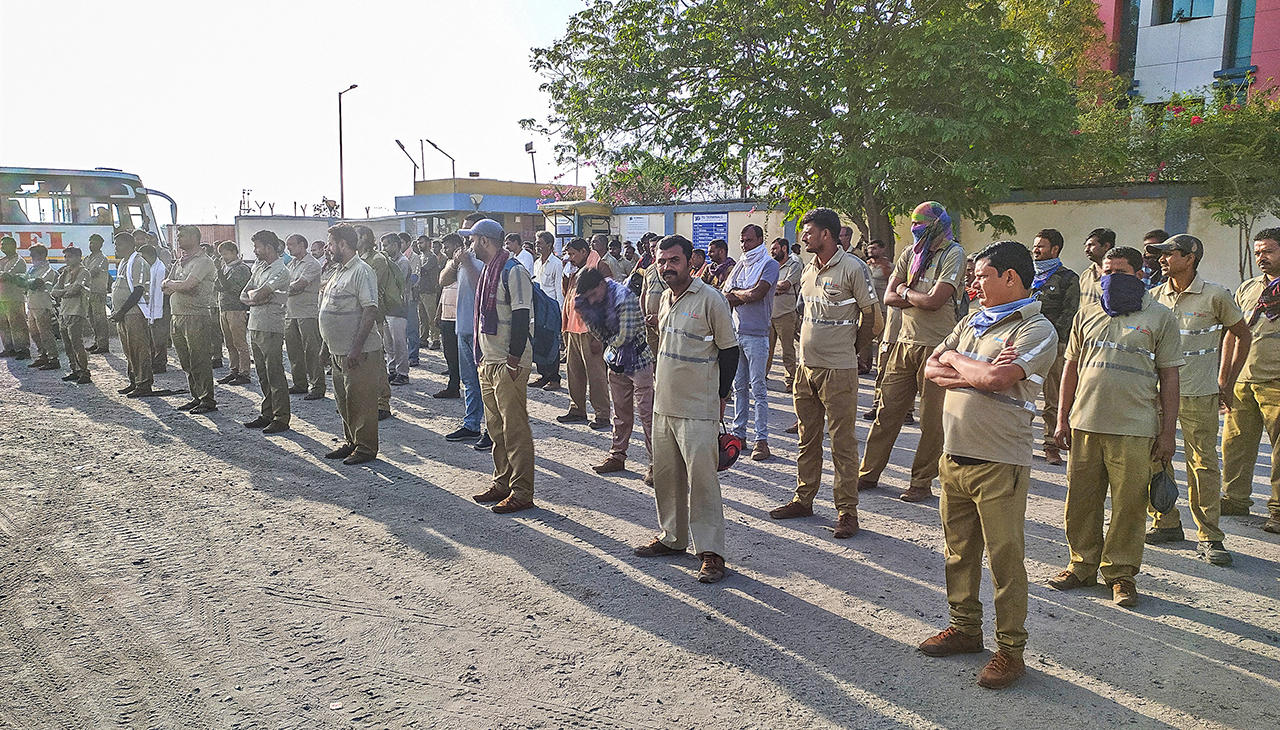India, as a signatory to the Brasilia Declaration, intends to reduce road accidents and traffic fatalities by 50% by 2022. As such, there is a need for everyone engaged in the transport and logistics sector to work together in achieving this target. Avishkar Srivastava, Chief Innovation Officer, PDP Group, suggests some guidelines

Drivers are the backbone of the logistics industry. At this time of the ongoing pandemic when several employees have had the privilege to work from home or organise virtual meetings to conduct their operations, the drivers, unfortunately, have not had this comfortable option. For them, it’s always the road. In fact, during the critical period of the lockdown, they supplied essential commodities to various places and helped keep the economy running with their hard work and dedication. Sadly, however, they still remain a neglected section of the logistics industry despite their invaluable contributions to the utilisation of India’s vast road network.
In fact, around 60% of transportation in India takes place by road. This is far higher than other countries such as USA and China. However, despite the advances made in the automotive sector, loss of lives and cargo due to accidents continue to be a major point of concern for the road transport industry. As per a report from the Ministry of Transport and Highway, there were 1,51,417 accident-related deaths in 2018. Road accidents result in huge economic loss to the nation and are the leading cause of death, disabilities as well as hospitalisation in India.
In order to minimise road accidents, we need to isolate major points of concern and then work on resolving them. Major infrastructure challenges such as road congestion, long stretches of single lane roads and absence of driver resting zones have been highlighted at various forums. These concerns must be looked into, but we also need to understand that long-term infrastructure development takes time. Transporters and logistic companies must focus on improving internal mechanisms instead of waiting for an overnight solution. I would like to highlight some areas which are often overlooked when analysing road accidents.

Driver Training
When hiring employees for even basic data entry work, we have HR teams taking their interviews and understanding the employees’ aptitude. Yet, although drivers carry high-value goods and travel long distances on a regular basis, we often hand over a truck by simply checking his driving license. There is great inconsistency in the hiring process of a driver and an employee. Even though we cannot verify a driver’s driving ability during an interview, we must check whether the driver has basic trailer and truck knowledge such as awareness of documents like road tax validity, pollution certificate validity, insurance validity, etc.
Drivers also require proper guidance to understand the perils of changing lanes, sudden overtaking, gear shifting based on cargo load, reading road signs, etc. The current mindset that a driver will himself learn things on the job needs to change. Today we have drivers who are driving sophisticated trucks but are unaware of the controls at their disposal. For instance, there are controls on the dashboard that can help with safe braking or using the camera while reversing the vehicle but the moot question is whether the drivers are able to use such devices or technologies. Organisations must assign persons who can train drivers on road safety norms and maintain a follow-up to understand issues faced by them.
Driver Counselling
Drunk driving, over-speeding and rash driving are some of the major causes of road accidents. In such cases, organisations try to settle the matter at the earliest and either terminate the driver or suspend him. Drunk driving is not acceptable, and we all condone it. However, transporters must understand that drunk driving cannot simply be controlled by law enforcement and the police. Drivers often feel that they are not treated with respect and on various occasions are abused or insulted. Despite carrying high-value cargo and working for long hours, they are looked upon as second-class citizens. This leads to a sense of frustration among them and they look towards alcohol or drugs as means of distraction. There are ways to control this behaviour.

Constant counselling sessions with professionals have a lasting effect on the drivers. Our organisation, for instance, has hired industrial psychologists and a dedicated administrative team to understand driver-related issues. We realised that drivers were very confused when they were asked about the health of their family members and their children’s education. Most of them responded stating that they had never been asked such questions before. Upon further interactions and sessions, they started opening up and shared the factors which make them turn towards alcohol.
The perils of drunk driving are explained to them along with the effect it has on their loved ones. As a motivating factor, we even put pictures of their family members on trucks and remind them that someone is waiting for them at home. This is just a small example. Various counselling sessions and activities should be taken up with drivers to help them understand that their contributions are valued. We must encourage a culture which cares about a driver’s wellbeing and look at guiding and educating them instead of penalising and terminating them. This would also increase driver retention rates.
Preventive Maintenance
Our company’s focus on vehicle breakdowns and major repairs has undergone a change by a huge margin over the years. One of the primary reasons is that we have looked at preventive maintenance as an investment and not a cost. Drivers often mention some minor issues such as inadequate tyre air pressure, headlight fluctuation, clutch tightness, etc. and we respond by telling them to ‘manage’ for the time being. Unfortunately, companies often look at solving the problem only when it gets to a critical state. Not only does this increase the idle time of the vehicle during repairs but it leads to a lot of road accidents.
Several accidents can be avoided with regular checks and basic preventive maintenance such as radium at the back of trucks, repairing broken backlights and fixing damaged side-view mirrors. It is unfortunate that we think twice for minor repairs despite knowing the financial damage an accident may cause to the business. Logistic companies and transporters must build a habit of getting constant driver feedback and working on suggestions and complaints. This would help reduce accidents and vehicle breakdowns during transit.
Digital Systems for Trend Analysis
Industry 4.0 is all about data and analytics. Our company’s digital systems help us analyse each driver’s performance over the years and keep a track on cases such as drunken driving, warnings for over-speeding, accident history, etc. Complete repair history and accident history of each truck is available on the portal along with preventive maintenance reports. A complete integration of truck and driver data helps in staying ahead of the curve. The data helps in understanding trends, pain points and to uncover issues which previously remained undetected. When put together, the benefits derived from digitalization far outweigh the costs.

Road Signs and Lighting
Despite a heavy dependence on road transportation, India does not have adequate road signs. Major crossings must be brightly lit with multilingual boards notifying the drivers of any upcoming crossing. Streetlights at major junctions are a key to reducing accidents. National highways and state highways must be comprehensively monitored and strict measures must be taken to avoid pedestrians crossing in these areas. Speed meters should be installed in more areas to monitor vehicle speed. Special emphasis must be placed on monitoring areas designated as ‘black spots’ by the Ministry of Transport and Highways.
The Ministry of Transport and Highways has been working on identifying the black spots along with developing road safety programs, setting up provisions to protect those who come to help during accidents, etc. However, transporters and logistic companies must also come forward and play their part in minimising road accidents. This is not an issue which will get resolved on its own. The time has come to start treating drivers like our own employees and investing in their training and counselling. At the same time, we must take better care of our trucks and trailers and not wait till the repairs reach a critical phase. A National Road Safety Week is observed by the Ministry of Transport and Highways each year in the month of January. We must align our vision and mission in line with the government’s initiatives.
—
As a summary, we must look at five key points to minimise road accidents:
• Focus on constant driver training by involving professionals.
• Have an in-house team dedicated to dealing with driver issues and encourage them to adopt better practices.
• Look at preventive maintenance as an investment and not a cost.
• Carry out digitalization of the transportation sector in order to uncover trends.
• Improve road signs and install more speed monitoring machines.